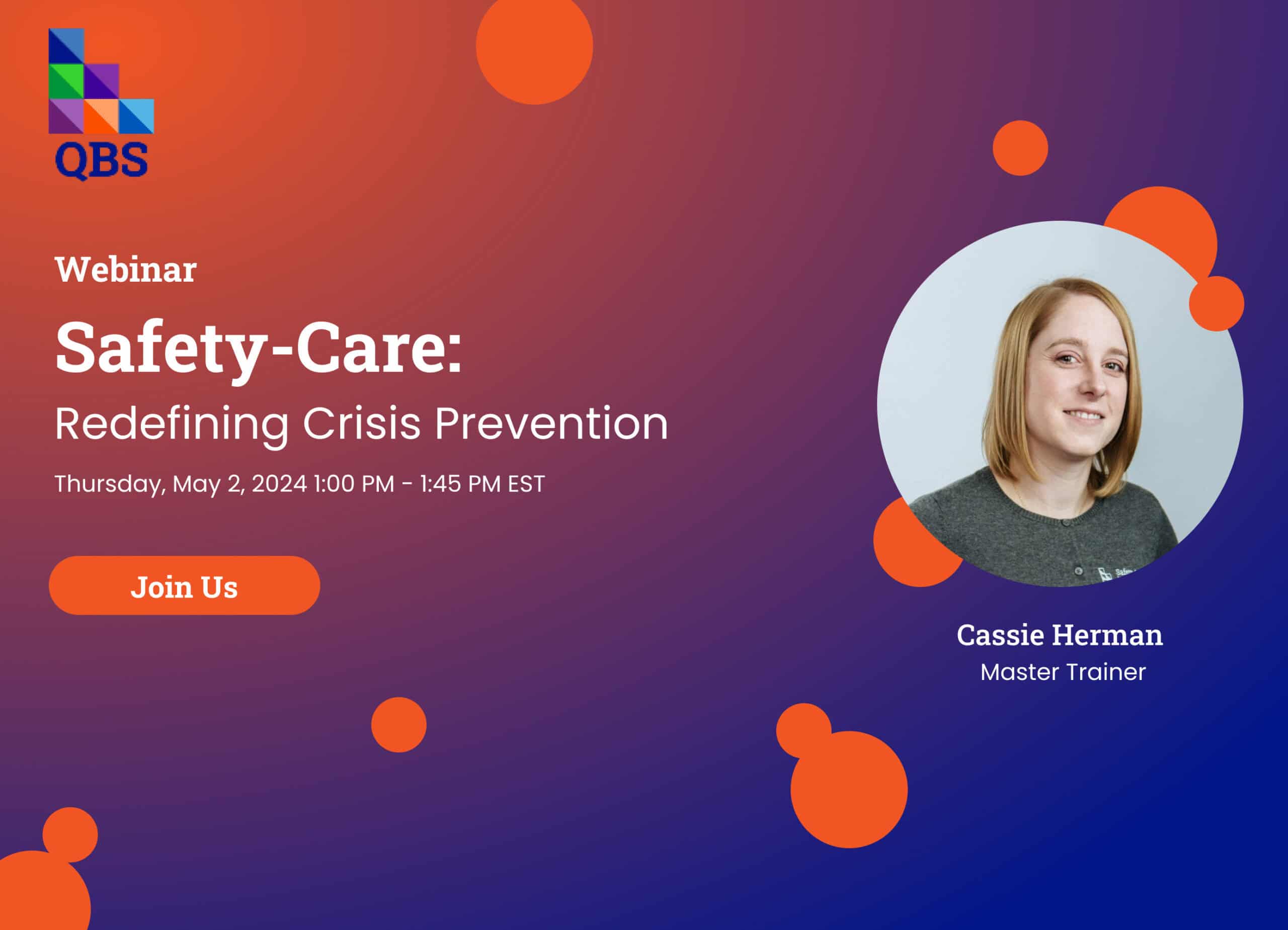Everyone is probably tired of hearing “Wash your hands!” “Wash all the surfaces!” “Don’t leave your house!” Most of us are probably working hard to ensure we are cleaning everything we touch and sanitizing everything we can think to sanitize. But there’s always that one guy who scoffs and figures his hands are clean enough! That one person who says, “I cleaned that last month.” That’s always a bad look, but in these days of Coronavirus, it’s not just kind of gross, it’s dangerous.
How can Behavior Analysis Help Cleanliness Habits?
How can the field of behavior analysis help? Studies on hand-washing and general environmental cleanliness have been undertaken with encouraging results. One interesting study occurred in 2018 at a gym on a university campus. Obvious to anyone who has gone to the gym and watched a sweaty guy move on to the leg machine without wiping down the last machine he used, gyms can be optimal breeding grounds for all kinds of disturbing maladies. In their study, Ilexis Elba and Jonathan W. Ivy decided to try three different antecedent interventions to see if any might result in gym-goers showing more diligence in cleaning machines when they were finished using them.
Typical “Wipe down your machines after use” signs had been posted before research began. So, for the first condition, researchers added a verbal announcement over the loudspeaker of a woman saying, “Hey! Hey you! Someone wants to use that machine after you. Wipe down equipment after use.” To make the announcement more noticeable, the gym faded out the music before the announcement began and turned the music back on after the announcement ended.
In the second condition, the authors posted 6 signs around the target equipment, each with 2 graphic depictions of skin diseases that one could pick up in unsanitary conditions. In the third condition, the researchers kept the signs posted in addition to placing paper towels and sanitizing spray at each station.
Results of Study
Researchers found that the announcement didn’t really do much to change behavior. The signs resulted in an impressive increase in cleaning the equipment, but the increase didn’t necessarily last, decreasing after a period of time. The best, most lasting intervention appeared to be the accessibility of cleaning materials paired with the signs, which resulted in about a 53 percent increase in cleaning the machines after use.
Graph showing percentage of full and partial post-use cleaning of gym equipment across baseline, announcements, signs, and signs plus increased availability of cleaning materials.
Teaching Kids to Practice Cleanliness
Hopefully, with the recent additional threat to public health, adults are doing a decent job of maintaining cleanliness, but what about the kids? Not all kids have been taught how to best clean their hands (or if they have, they may not follow through). A study by Jess, Dozier, and Foley (2019) taught pre-school children how to wash their hands effectively. This study used video modeling, practice, verbal and visual feedback to teach and reinforce kids’ good handwashing behavior.
First, the authors showed a video that modeled the steps of handwashing, then they rehearsed handwashing with the children. They then taught a 20-second song about the correct steps set to the tune of “Frere Jacques.” Children were rewarded with verbal praise for following the correct steps for handwashing. In addition, researchers used a substance called “Glo-germ” which simulates germs commonly found on hands to measure whether the handwashing efforts made by the children actually resulted in cleaner hands.
Results of Study
At the beginning of the experiment, the authors gave each child a squirt of Glo-germ and asked them to lather it all over their hands. They then put the kids’ hands under a UV light and photographed them. After the kids washed their hands using the correct steps (from a hand-washing checklist), researchers had them put their hands under the UV light again and took photos. The study showed that when the children in the study used the correct hand-washing steps, it drastically reduced the illumination of “germs” (Glo-germ) on their hands to between 8-13% resulting in better overall cleanliness. (Illumination during baseline was at 91% and had decreased only to 68-77% before the kids were taught the hand-washing steps and taught the accompanying song.)
Graph showing the “germs” left on the hands of children before and after being taught how to properly use their hands.
The graphs to the left are the number of correct steps the children completed before and after training, and the graphs to the right depict the percentage of hands illuminated. “Germs” on the kids’ hands decreased dramatically as correct hand-washing steps increased.
Use Behavioral Analysis Skills To Encourage Cleanliness
It would seem that making it easier for staff to clean surfaces in group spaces, as well as posting eye-catching signs reminding everyone of the reasons for sanitizing might help increase cleanliness as we work collectively to fight the Coronavirus. Demonstrating hand washing to kids and making it fun and rewarding to follow each step teaches good behavior that can be used now and for years to come.
Stay safe (and wash your hands!), everyone!
References:
Elba, I. & Ivy, J. (2018). Increasing the post-use cleaning of gym equipment using prompts and increased access to cleaning materials. Behavior Analysis in Practice. 11(4) 390-394.
Jess, R.L., Dozier, C.L. & Foley, E.A. (2019). Effects of a handwashing intervention package on handwashing in preschool children. Behavioral Interventions. 34(4) 475-486.

